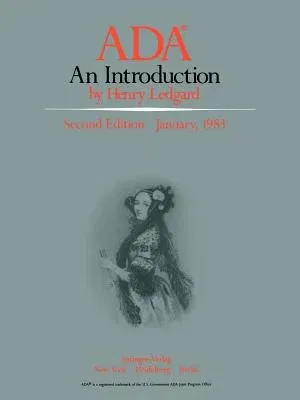If Charles Babbage is to be regarded as the father of modern day
computer technology, then surely the Countess Augusta Ada Lovelace,
after whom this new language is named, must be remembered as its
midwife. It was she, the daughter of England's poet Lord Byron, who
translated the work of the Italian mathematician L.F. Menabrea,
attaching her own scientific commentaries on the dissimilarities between
the difference engine and the analytical engine. It was Lady Lovelace,
the great lady of computers, who delivered the notes and loosely
organized writings of Babbage, with her own invaluable amendments, to a
world not quite ready to receive them. The Ada language effort has
employed hundreds, if not thousands, of minds and a healthy sum of money
since its conception. Ada was fostered by the High Order Language
Working Group (HOLWG), chartered by the U.S. Department of Defense in
January of 1975 with the overall objective of developing a systematic
approach to improved use of software by the military. One would think
the Pentagon an unlikely foster parent for a new computer language.
Regardless of its lineage, the question that begs asking is, of course -
Why? The answer is by no means a simple one, but some brief background
may help to clarify the matter. At present, the Department of Defense is
the largest software consumer on earth, employing roughly 400 different
computer languages and dialects. The situation, some have commented, is
at best untidy.


